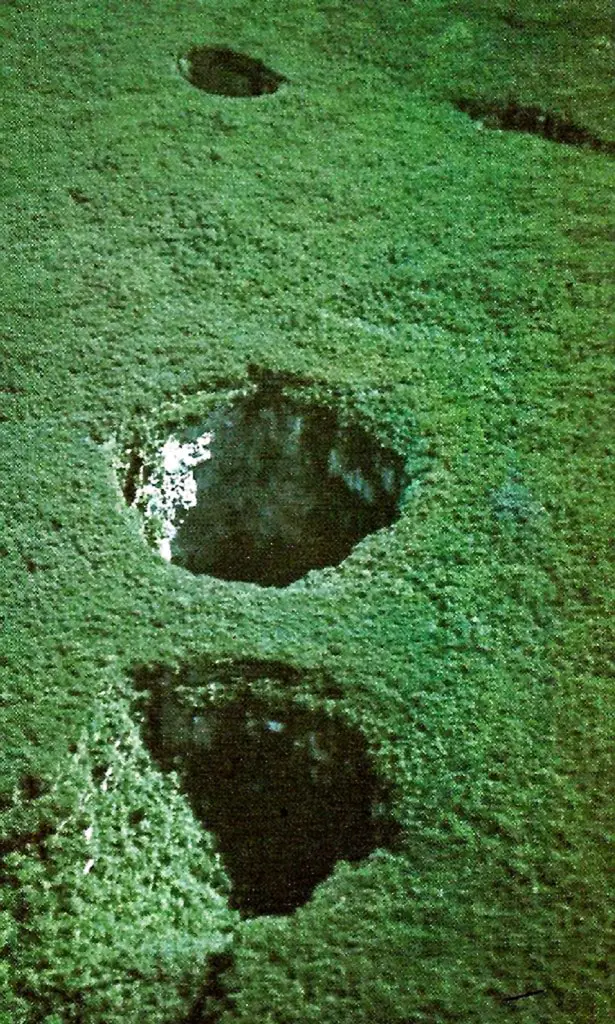Wondermondo 🢖 Lists and articles 🢖 10 most impressive and largest sinkholes in the world
Publication
10 most impressive and largest sinkholes in the world
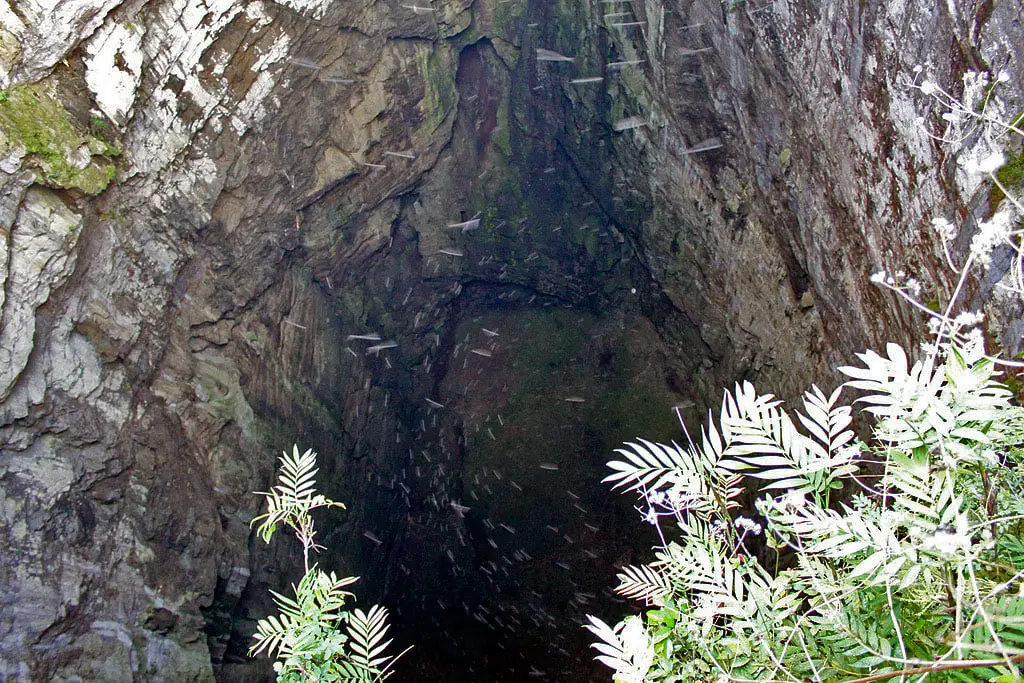
 In short
In short
The giant sinkholes of Earth belong to the most impressive natural landmarks.
Wondermondo offers a unique list of 10 largest sinkholes of the world – deepest, most capacious and most unusual ones. Sinkholes are listed in alphabetic order.
Map of the sites
If you see this after your page is loaded completely, leafletJS files are missing.
 Alphabetical list of 10 most impressive sinkholes
Alphabetical list of 10 most impressive sinkholes
01
Andros Black Hole
 51.8%
51.8%
Bahamas, South Andros
Depth: 47 m
Volume: ?
Black holes are the only formations known in the world where microorganisms have increased the temperature of the water – in Andros Black Hole it reaches 40°C. Approximately 300 m wide and up to 47 m deep round karst formation.
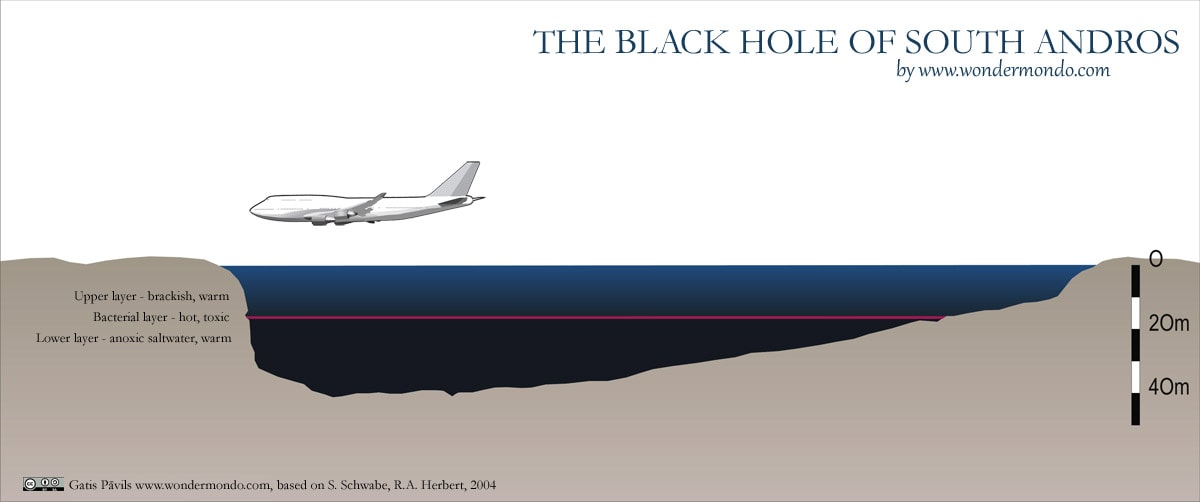
02
Crveno Jezero – Red Lake
 51.3%
51.3%
Croatia, Split-Dalmatia
Depth: 530 m
Volume: 30 million m³
One of the most impressive and largest sinkholes in the world with nearly vertical walls. Contains a 280 – 290 m deep lake with endemic species of fish.
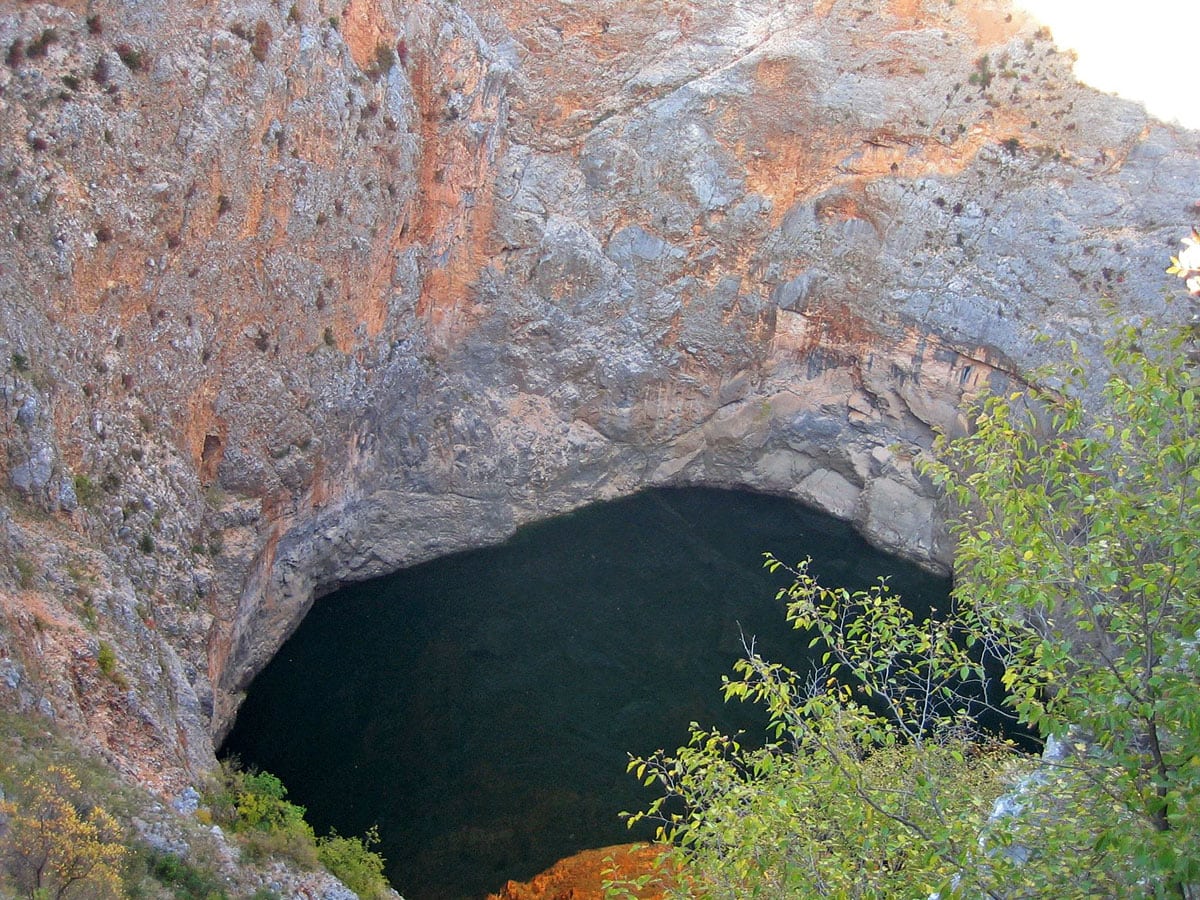
03
Dragon Hole
 45.5%
45.5%
South China Sea, Paracel Islands
Depth: 300.89 m
Volume: ?
Currently, the deepest known underwater sinkhole (blue hole) is Dragon Hole – 300.89 m deep hole in a shallow shoal in Paracel Islands.
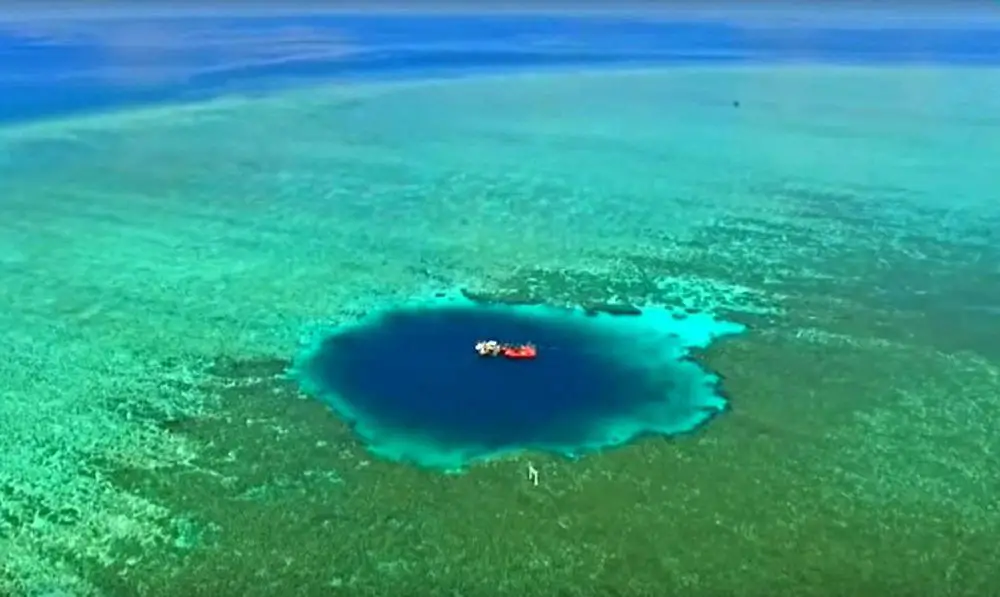
04
El Zacatón sinkhole
 54.5%
54.5%
Mexico, Tamaulipas
Depth: 339 m
Volume: 10 million m³
The second deepest water-filled sinkhole in the world. The total depth of the sinkhole is 339 m, and the lake is 319 m deep. On the surface of the lake, there are floating several round travertine islands. Lake is formed by volcanically heated acidic groundwater.
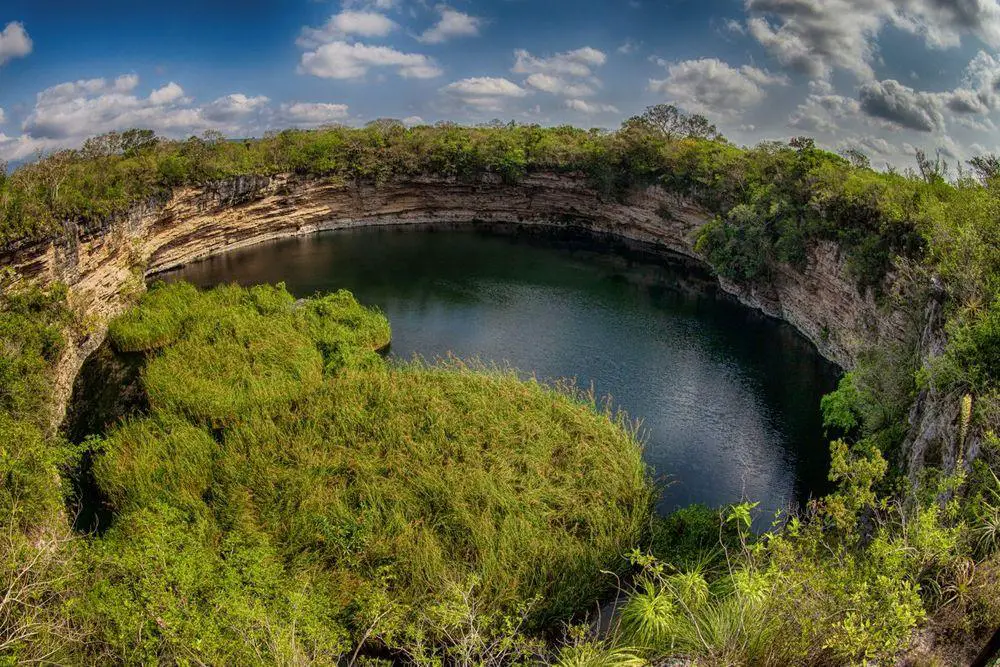
05
Great Blue Hole
 58.2%
58.2%
Belize, Belize District
Depth: 124 m
Volume: ?
124 m deep, perfectly round, submerged, deep blue sinkhole in the middle of the atoll. At the depth of 40 meters contains numerous stalactites which provide valuable information about the past of Earth’s climate.
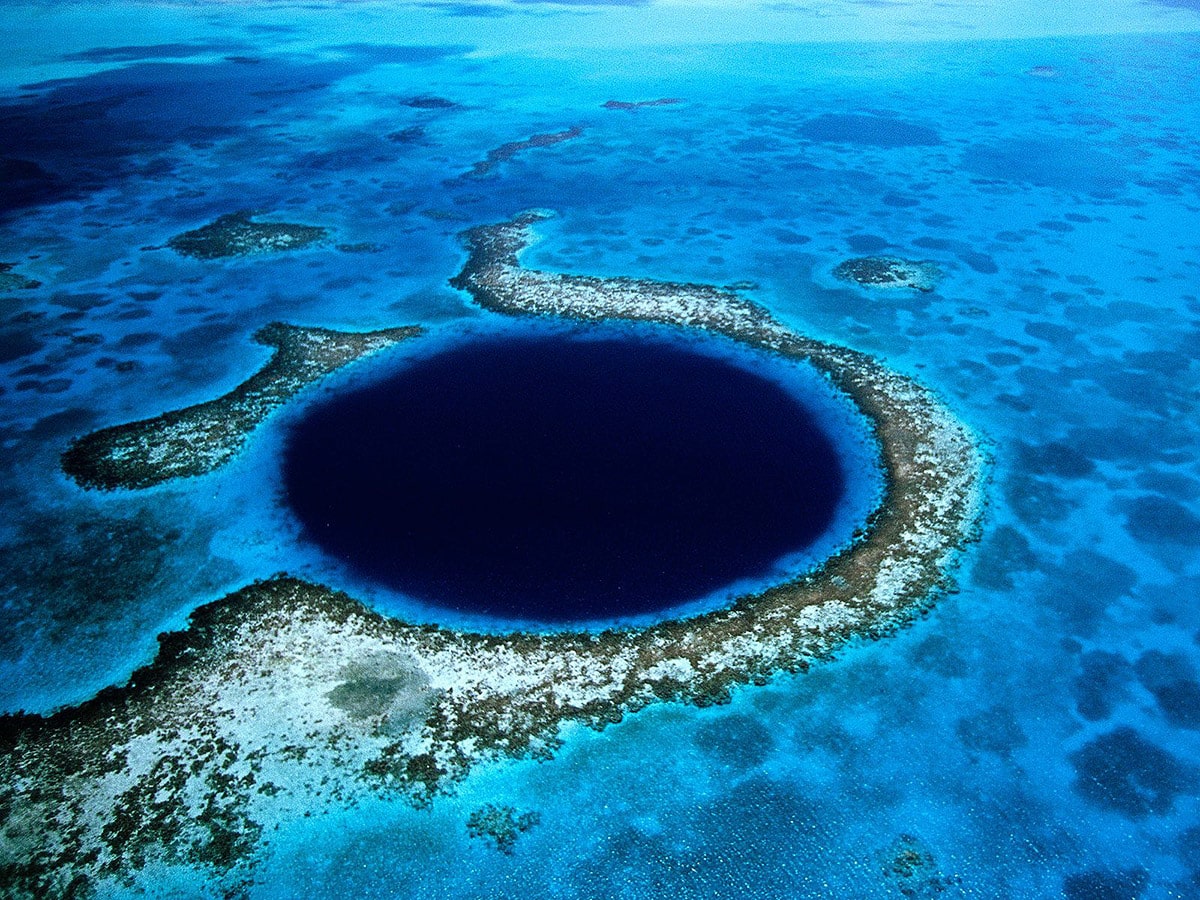
06
Minyé sinkhole and cave
 46.8%
46.8%
Papua New Guinea, East New Britain
Depth: 510 m
Volume: 26 million m³
Giant sinkhole in the equatorial jungle. Below it is crossed by a powerful underground river, opening entrances into an enormous, at least 5.4 km long cave with some of the largest cave chambers in the world.
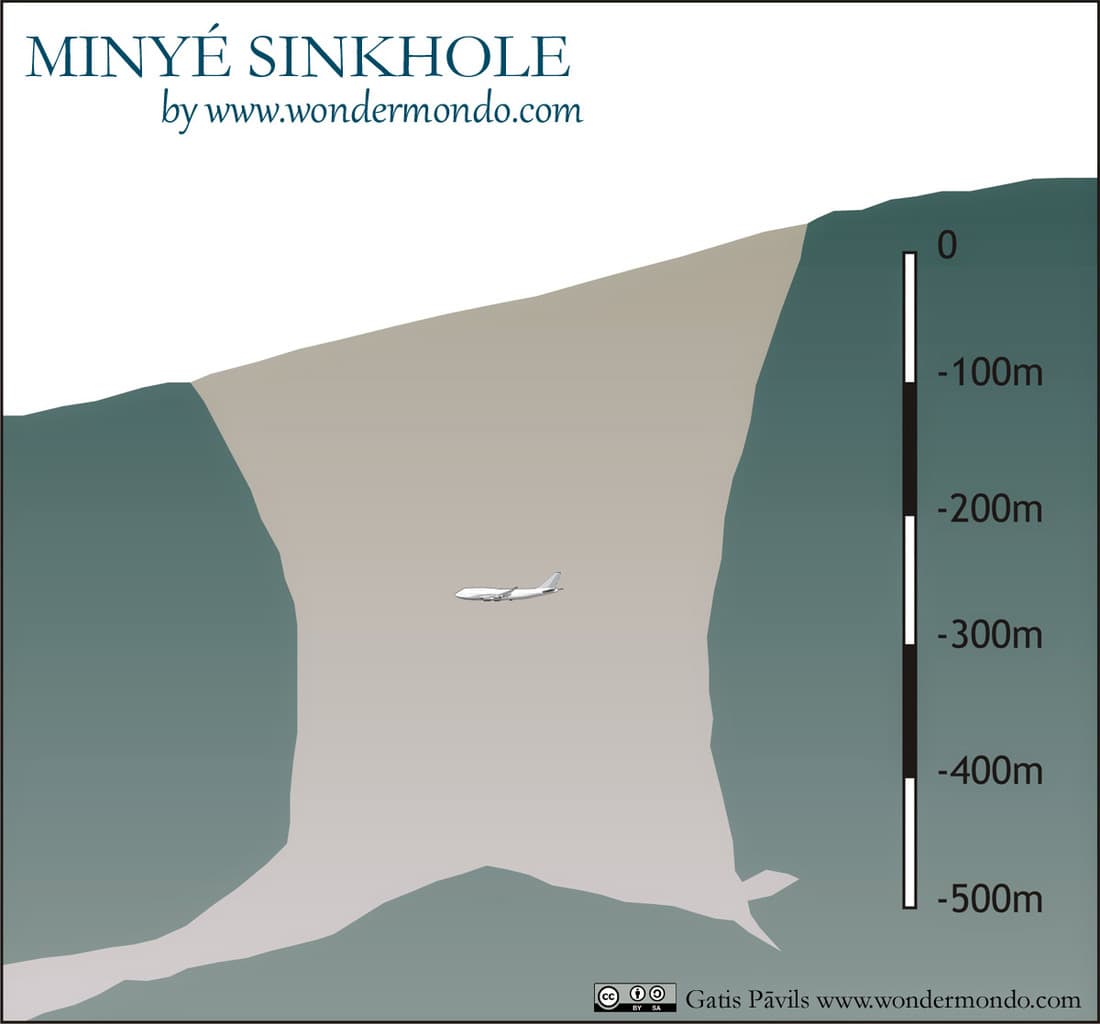
07
Sima Humboldt and Sima Martel
 55.5%
55.5%
Venezuela, Bolívar state
Depth: 314 m and 248 m
Volume: 21 million m³ (Sima Humboldt)
Some of the oldest and most unique sinkholes in the world. Both sinkholes have formed in extremely resistant sandstone over the course of hundreds of millions of years. The bottom of sinkholes contains patches of the unique rainforest with endemic, little-explored species.
08
Sótano de las Golondrinas – Cave of the Swallows
 55.1%
55.1%
Mexico, San Luis Potosí
Depth: 372 m
Volume: 5 million m³
Sinkhole with an enormous, 372 m deep entrance hole and characteristic swarms of birds spiraling up the shaft every morning.
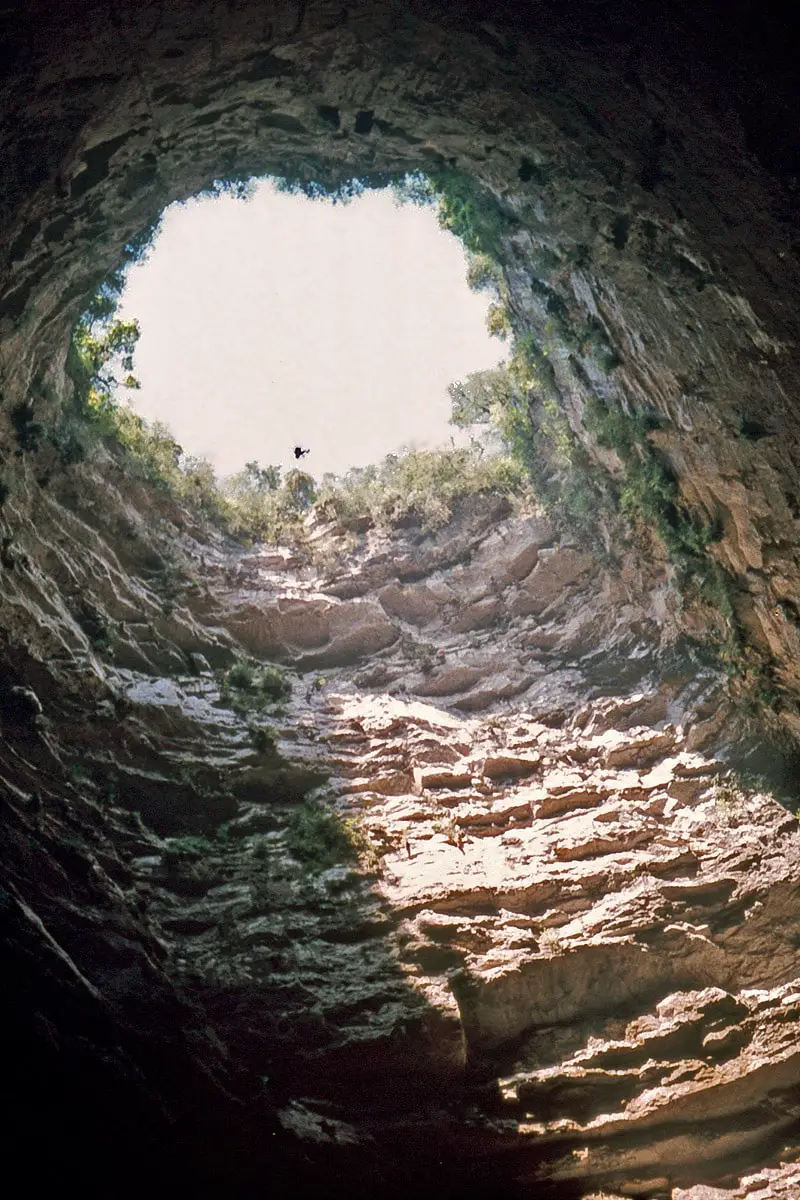
09
Teiq sinkhole
 42.3%
42.3%
Oman, Dhofar Governorate
Depth: 250 m
Volume: 90 million m³
One of the largest sinkholes in the world with a volume of 90 million m³, a width of 750 – 1000 m. Two perennial streams enter this sinkhole and disappear underground. This giant pit is especially impressive due to the high perennial waterfalls falling into it.
10
Xiaozhai tiankeng
 53.3%
53.3%
China, Chongqing Municipality
Depth: 662 m
Volume: 119.349 million m³
The largest known sinkhole in the world, up to 662 m deep and 626 m wide pit with vertical walls. On the bottom grows a unique forest.
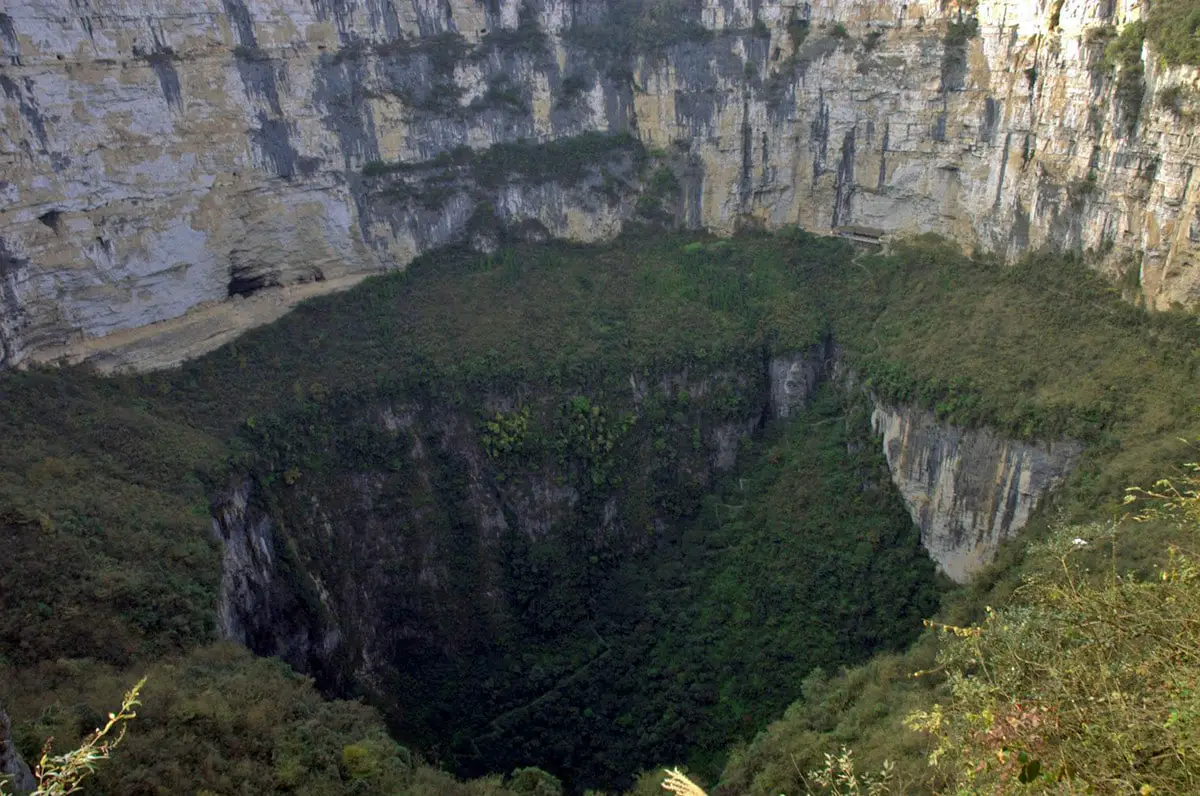
 Recommended books
Recommended books
Great Caves of the World
Caves are found on every continent. The United States is home to the world’s longest cave system, the Mammoth Cave in Kentucky, and to the world’s most popular tourist cave, New Mexico’s Carlsbad Caverns. Great Caves of the World takes readers to these and 25 other astonishing and challenging caves across the globe.
Dynamic Tectonics and Karst
The karstic caves are favorable sites for tectonic events detecting, representing a conservative medium of three-dimensional framework where the tectonic deformations are well preserved. They also provide an environment conducive to dating and determining the geometrical parameters of past seismotectonic events. During the last three decades, the study of dynamic tectonics and recent geodynamics in karst terrains has been a subject of numerous publications, but it has not been systematically approached in a comprehensive monograph.

